Op Ed: ReAwaken America proves that Christian nationalism isn’t Christian | Philadelphia Inquirer
October 19, 2022
Rev. Jennifer Butler for The Philadelphia Inquirer
The first thing I saw as we entered the grounds of the ReAwaken America Tour were dozens of signs plastered across the Pentecostal church property saying, “No Guns, No Knives.”
Not the typical Christian revival welcome, but this was no typical Christian revival.
-Philadelphia Inquirer
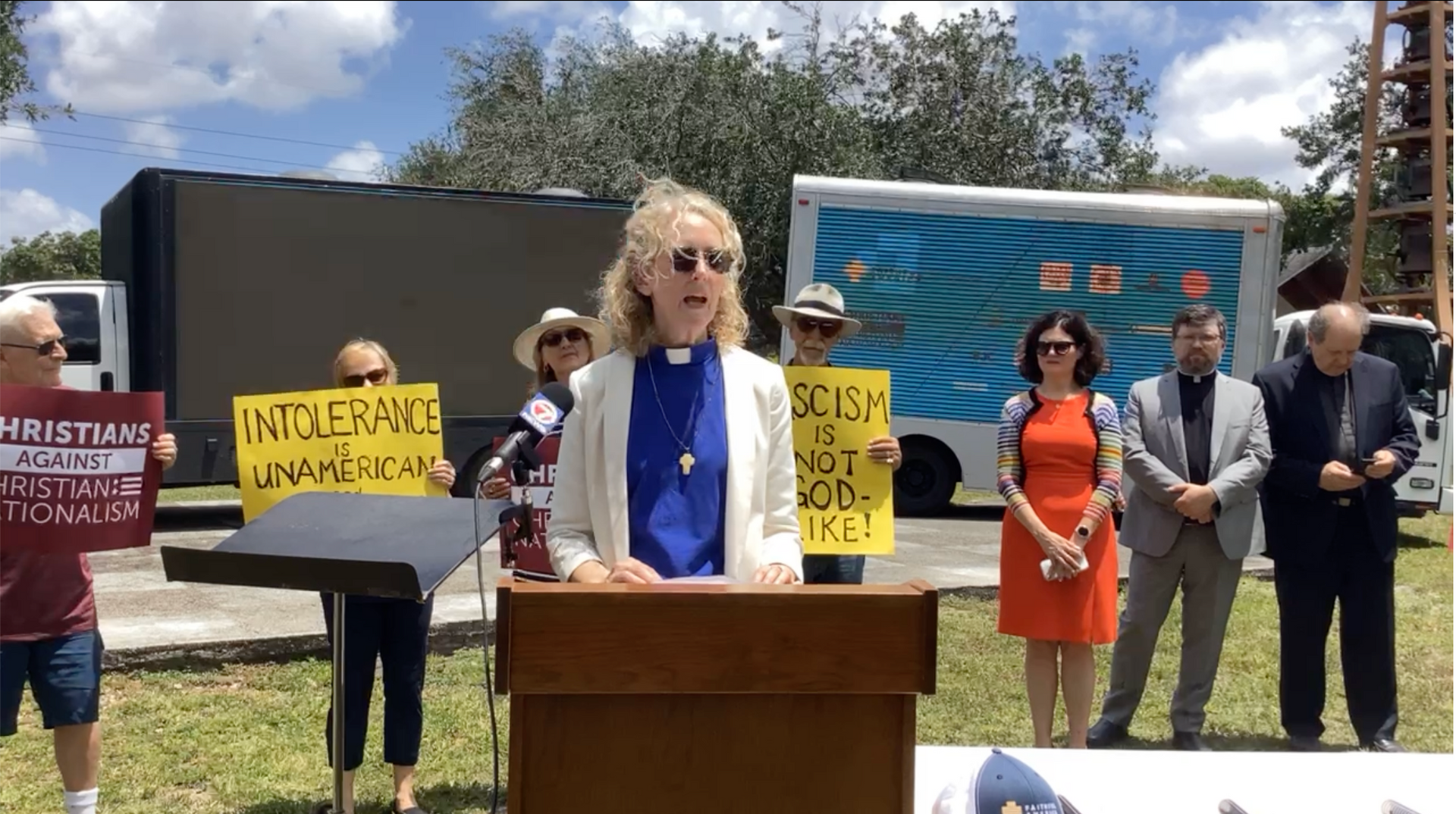
Rev. Jen Butler in Word & Way Local faith leaders gathered at the First Baptist Church of Madison Tuesday to discuss their role in countering white Christian nationalism. Members say Christian nationalism is becoming a resurgent problem throughout the nation. They say Christian nationalism runs contrary to all of their faith traditions and want to do what they can to unite against it.
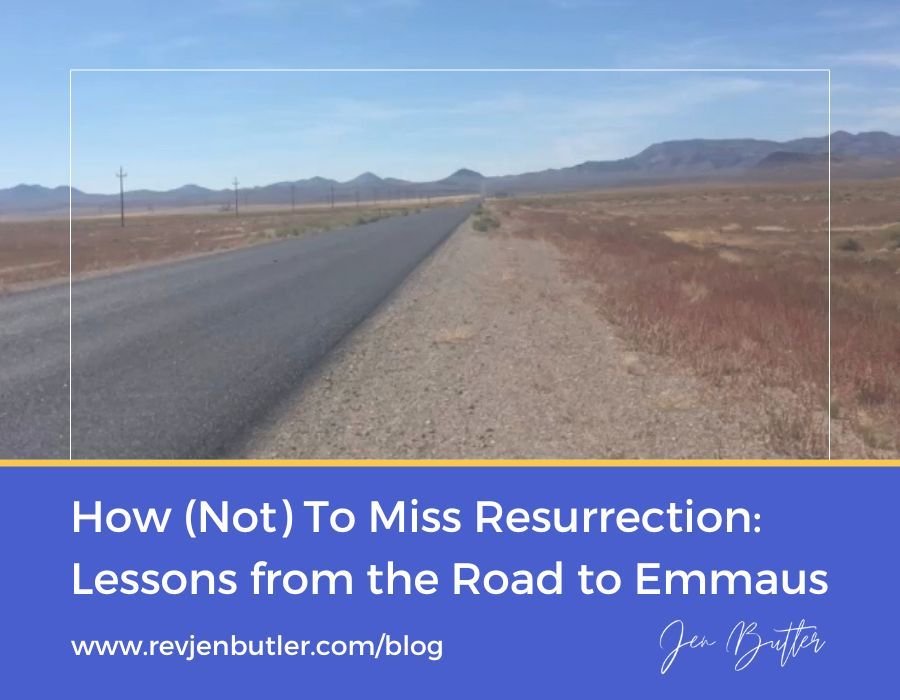
We get so accustomed to thinking Easter is just one Sunday, but in the church calendar, Easter is a whole season that transpires over several Sundays and with good reason: it turns out that Easter or resurrection takes time to recognize. Why is resurrection so hard to spot when we are so anxious to see it? The Easter texts explore this in depth. A few weeks ago, the Easter text focused on the story of Mary Magdalene – one of the first to proclaim Jesus had risen. You can read about how I “met” her in Oxford here. Unlike many of Jesus’ other disciples, she kept going even when all looked lost. Her resolute commitment despite the odds enabled her to see. Our response to injustice or tragedy is often one of either denial or obsession. Mary did neither-- she confronted the reality of death while refusing to ignore the possibility of witnessing a miracle. The text for the third Sunday of Easter follows two of Jesus’ disciples who took a little longer to recognize resurrection. (Luke 24:13-35) The same day that Mary Magdalene and the other women announce Jesus has risen, two of the disciples are walking toward Emmaus, downcast and replaying the events of the crucifixion. A stranger approaches and asks what they are discussing. Frustrated with the man’s ignorance of the Messiah’s torture and death, they lash out. The man listens, then admonishes them for not seeing how all of this was foretold in the liberation stories of Moses and the prophets. The man who walks with them is Jesus, but their fear and grief prevents them from seeing that their friend and leader has risen. If you are reading this, I doubt you are in denial, but you might, like me, let anxiety rather than possibility govern your perception when threats abound. Scientists tell us that the brain naturally works this way. In times of crisis, the “reptilian brain,” the part of the brain that directs our primal instincts, takes over, putting us in fight or flight mode. These days all of our reptilian brains are on overdrive. There’s a war going on in Ukraine. Christian nationalism is rapidly spreading, hijacking faith, fueling violence and destabilizing democracy. We are seeing alarming rates of gun violence driven not just by widespread weapons of war but a culture of violence that grants permission to shoot children for simply mistaking an address. The disciples on the road to Emmaus may look like fools for not recognizing what was right in front of them, but I can relate. Threats on the horizon can prevent me from seeing the possibility of resurrection. The moment Jesus breaks bread is the moment they recognize him. Their eyes are opened through the powerful ritual of communion, the meal that Jesus urged them to celebrate in anticipation of liberation. Through sharing food and connecting face to face, they are building community that enables them to stop spinning in fear. Perhaps one spiritual practice for us in these difficult times is to build or deepen a community around us that can help us witness resurrection. Hold each other accountable to celebrating the possibilities of our future together, so that we can have the courage to advance human flourishing even in the face of death and destruction. We will need help to see things that are nearly invisible, like the first green buds of spring on a seemingly dead limb.
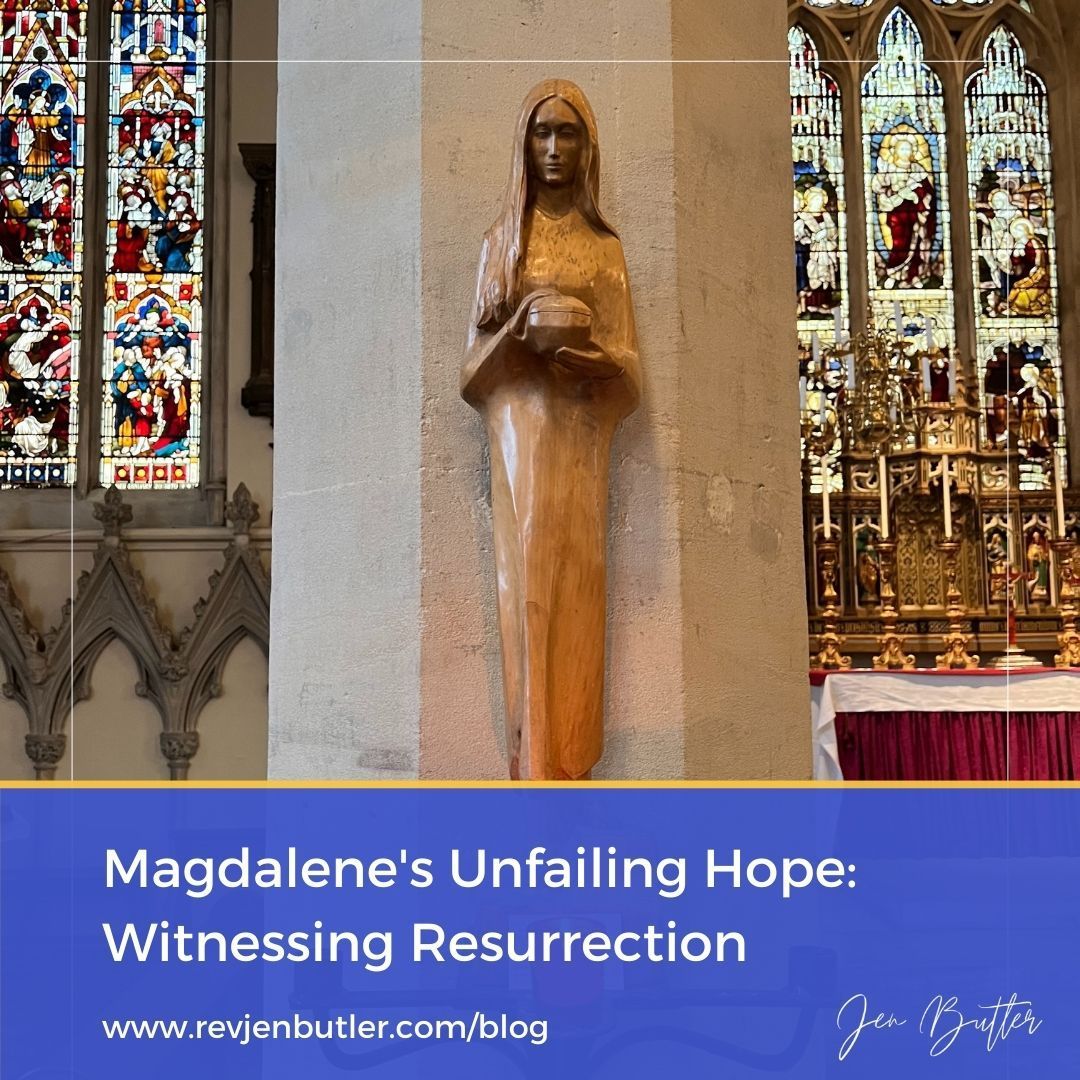
A few weeks ago, I had the absolute privilege of leaving the country. I was in Oxford, England with a group of religious leaders tackling white Christian nationalism. Despite the heavy topic, I felt a lift. Getting the heck out of dodge, out of the muck of ongoing culture wars and the barrage of misinformation spewing from a former president, made me feel like I could breathe again. I wandered the historic town of Oxford during breaks. On one of these breaks, I wandered alone into a 12th century church that sat perilously between two busy avenues on a small triangle beckoning like an oasis. It was the St. Mary Magdalen Church. I’d never seen a single church named for this early church woman leader and stood in awe. The sign in the entryway was extensive. It read: St. Mary Magdalen is known as the Apostle to the Apostles because she was chosen to witness and spread the news of Jesus’ resurrection. She is one of the very few followers of Jesus who stayed with him at his death and then went to his tomb early on Easter morning to anoint his body.

As I’ve met pastors, clergy and other faith leaders across the country, one question has come up over and over: “What can my congregation do to counter white Christian nationalism?” We have a unique opportunity in this moment to organize our faith communities to reclaim our spiritual practices and protect our democracy. I have compiled the following resources to support you in this work.
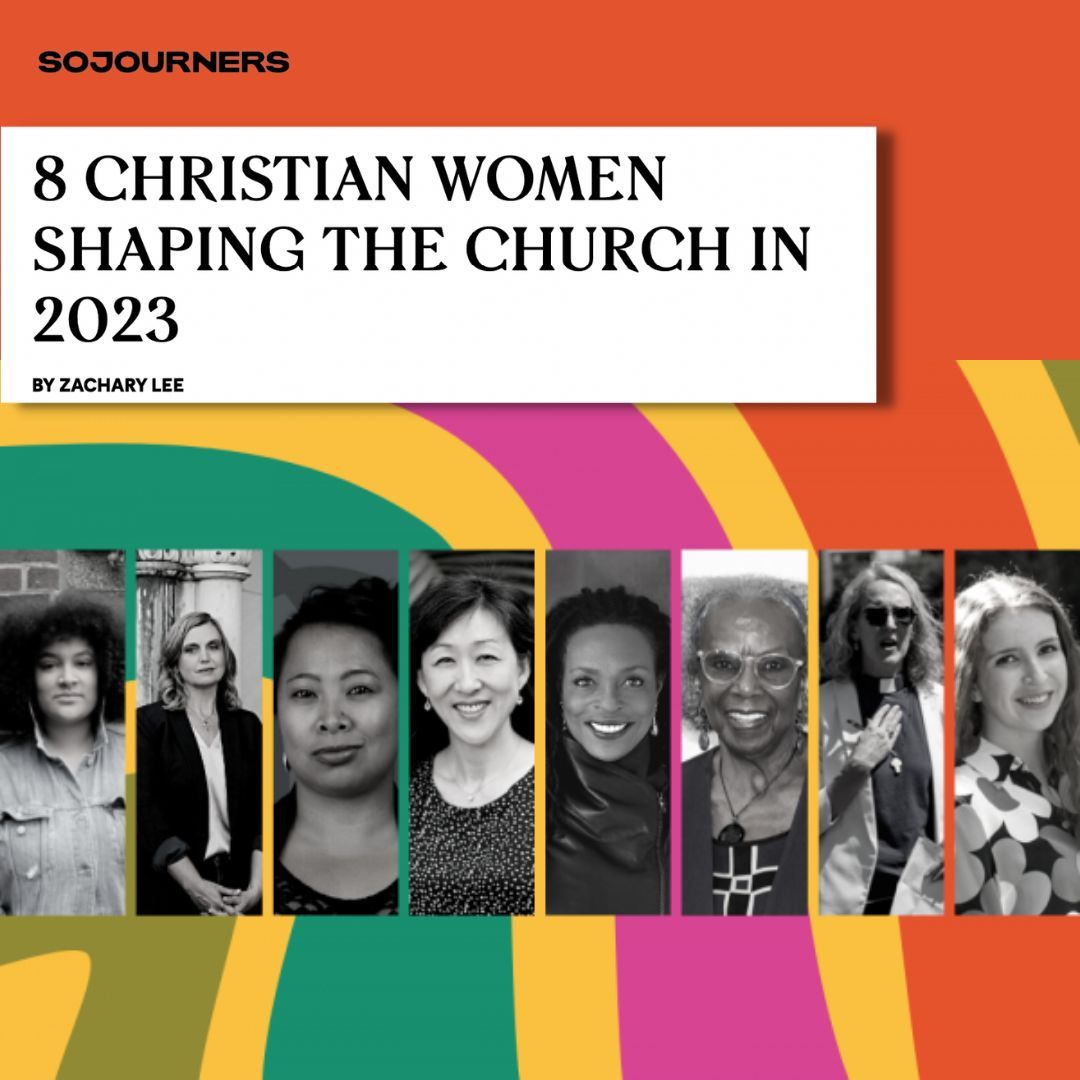
Rev. Jen Butler in Sojourners For the past seven years, Sojourners has celebrated Women’s History Month by highlighting women whose work who has inspired us with their visions for a more just world — and church. The women in this year’s list include authors and reporters; activists and advocates; professors and pastors, but they’re all united by their commitment to tell radical, inclusive stories and their belief that shaping the church and world starts in one’s own community. These women teach, speak, podcast, and organize on behalf of many causes and communities, including reproductive health rights; multi-faith, multiracial democracy; garment workers; and Black liberation. We offer gratitude for their public leadership and passionate witness. We asked each leader to share why their work is so important, describe their vision of justice, and offer a prayer or blessings for 2023. We hope you’ll be blessed by their prayers and encouraged by their work.
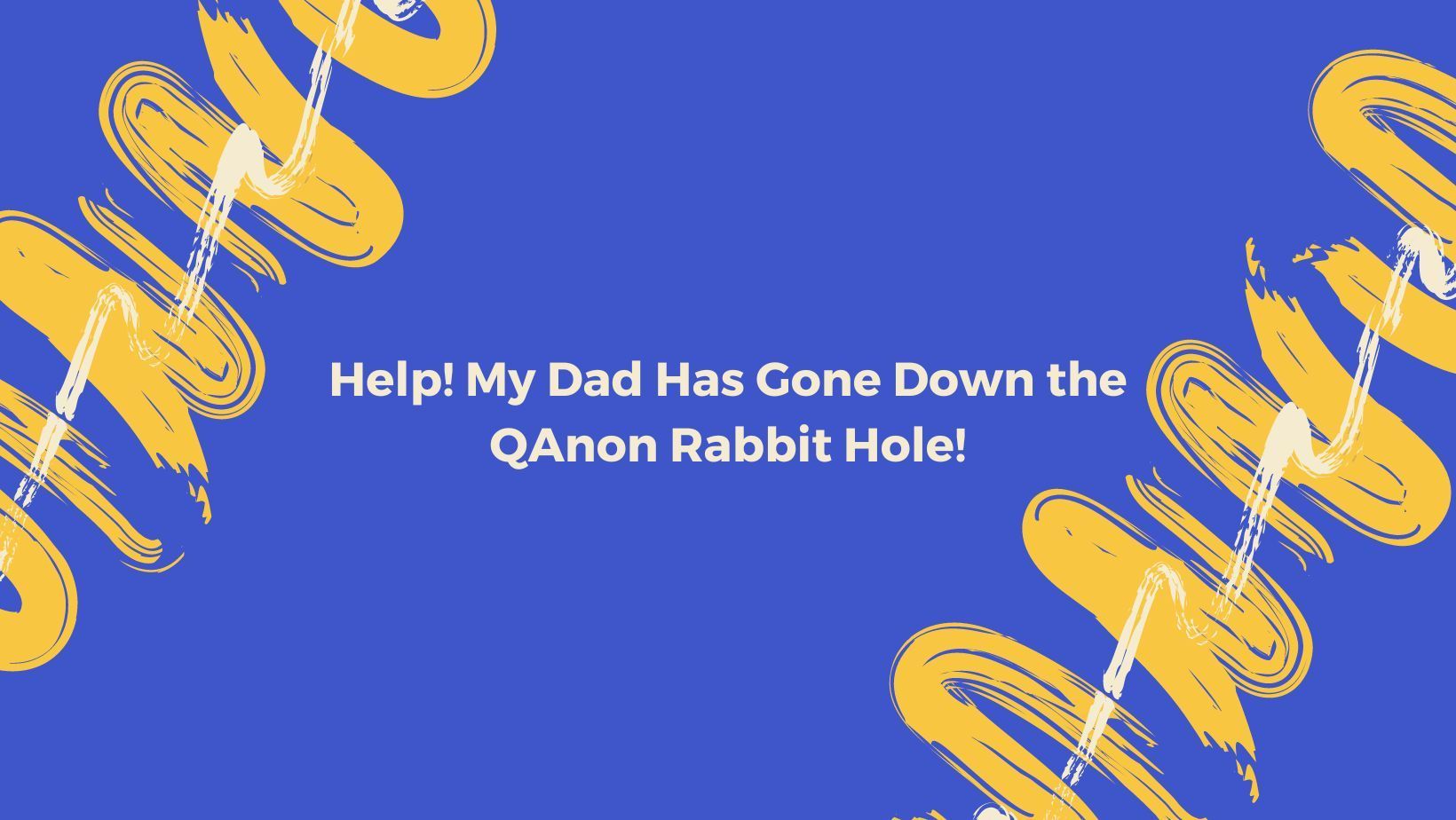
Many of us see the impact of rising support for Christian nationalism and QAnon as people we know get pulled into these dangerous belief systems. How can we help when friends, family or co-workers have been drawn to such beliefs? This month, nineteen faith organizations in Wisconsin came together to host my Faith in Democracy Tour and this is one of the important topics we covered. Challenging fear-based ideologies is critical to saving our democracy and Wisconsin has found itself at the epicenter as a battleground state. With one in five Americans caught up in QAnon and over fifty percent of Republican voters adhering or sympathetic to Christian nationalism, it’s time we figure this out. We can’t afford NOT to reach those in our orbit. Research shows that relationships and trust are the only way to reach people pulled into extremism. We often have more power than we know to influence the people in our lives away from these destructive ideologies. As one who has had more than my share of knock-down-drag-out debates at family gatherings, I have been wrestling over the years with what to do when I encounter this ideology taking root in the souls of people I am deeply connected to. I recognize that the suggestion we can even have healing conversations with those who embrace antisemitic, racist and sexist ideologies may seem strange or even offensive, particularly if you are the target of such views. I speak to white Christians in particular when I say we need to pull our people out, and I recognize this work is not for everyone. How do we “pull people out?” Most of us want to tackle wrong beliefs with facts and logic. Instead, psychologists have found that we must first address the underlying fear, anxiety or anger that has driven the person into the hands of a dangerous worldview. We need to understand the psychology behind extremism. Research shows that people are most vulnerable to conspiracy theories and violent extremism when their cultural worldview--the beliefs, values and structures that give meaning and structure to one’s life--is shattered. “Social domains” are the institutions and social structures that hold a worldview in place. They include religion, culture/media/Hollywood, government, science, gender roles, the economy, education, ideas about race and class and many more. When these domains are shattered, people become psychologically vulnerable. You can imagine some of the challenges to these social domains in recent years: sex scandals in religious institutions and Hollywood, a pandemic and a strained medical system that leave many feeling neglected and doubting science, rapidly changing social norms and structures and growing economic inequality that threatens livelihoods. As a person’s social domains unravel, they experience anger, anxiety and lack of trust. Conspiracy theories and violent worldviews offer a sense of belonging, meaning and purpose. They appeal not through logic but through meeting emotional needs. QAnon, for example, offered a community that bonded over pursuing clues left by “Q” who was believed to be a high-placed government official seeking to dismantle a cabal of elites who trafficked children. In order to disrupt or dismantle dangerous beliefs, we must first address the same underlying emotional needs that these beliefs appear to meet.

Rev. Jen Butler in Raw Story For three days this week, the Rev. Jennifer Butler has toured Wisconsin, warning against the resurgence of white Christian nationalism in politics and religion alike. White Christian nationalism is as old as the nation, says Butler. “It’s a deliberate attempt to conflate religious identity with ethnic and national identity,” she says, “to say that America is a nation that was founded by and for white Christians, and primarily for men to be in charge.”
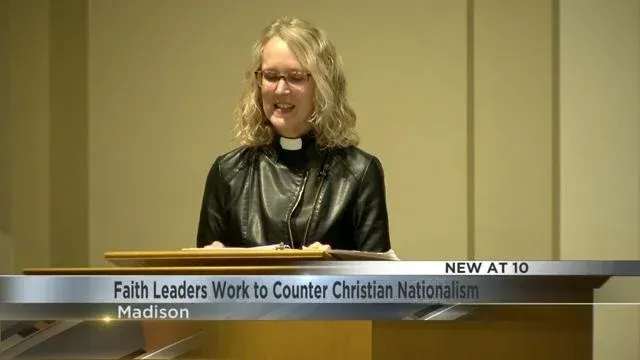
Rev. Jen Butler on WKOW Local faith leaders gathered at the First Baptist Church of Madison Tuesday to discuss their role in countering white Christian nationalism. Members say Christian nationalism is becoming a resurgent problem throughout the nation. They say Christian nationalism runs contrary to all of their faith traditions and want to do what they can to unite against it.
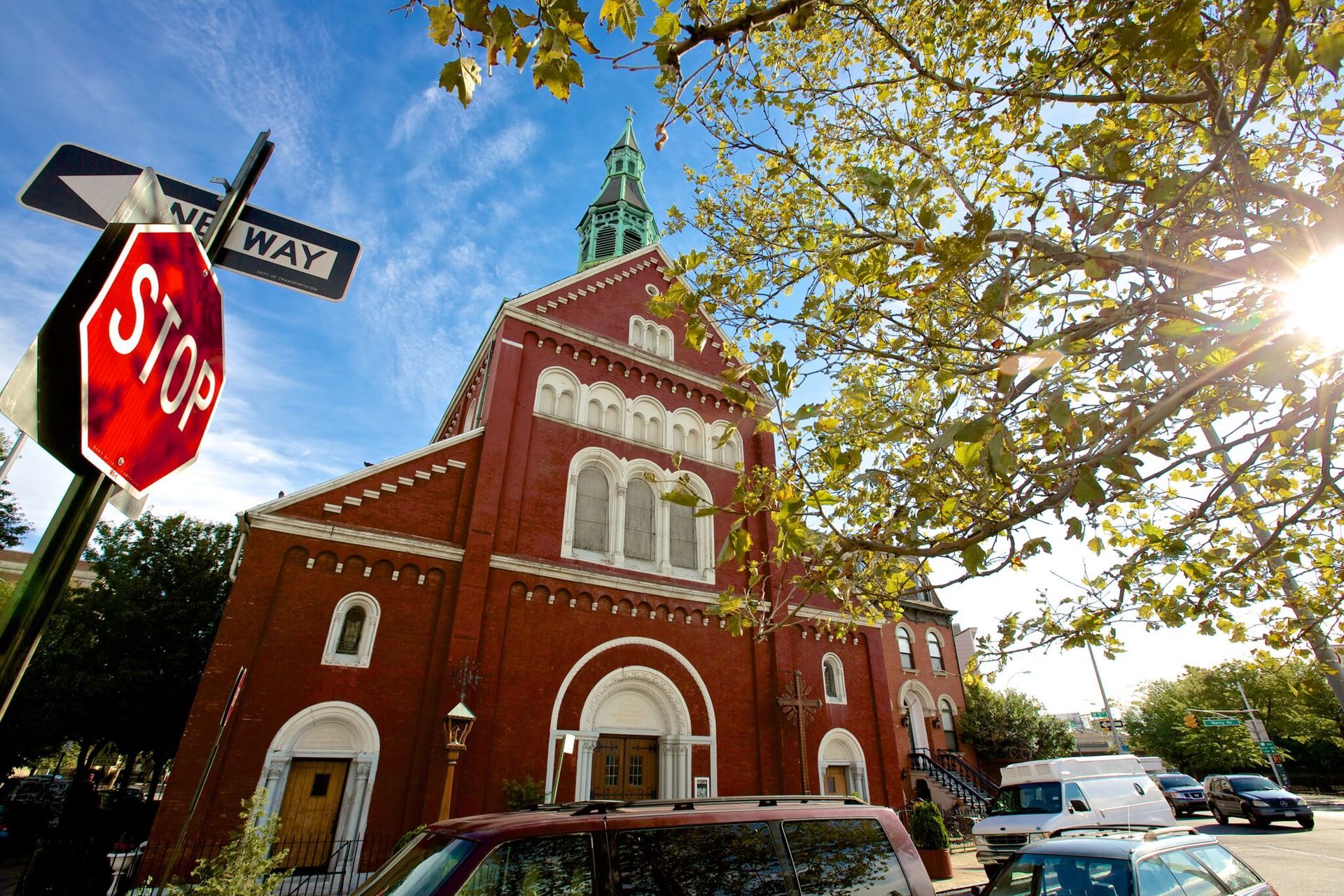
Rev. Jen Butler in The Wisconsin Examiner For three days this week, the Rev. Jennifer Butler has toured Wisconsin, warning against the resurgence of white Christian nationalism in politics and religion alike. White Christian nationalism is as old as the nation, says Butler. “It’s a deliberate attempt to conflate religious identity with ethnic and national identity,” she says, “to say that America is a nation that was founded by and for white Christians, and primarily for men to be in charge.”
